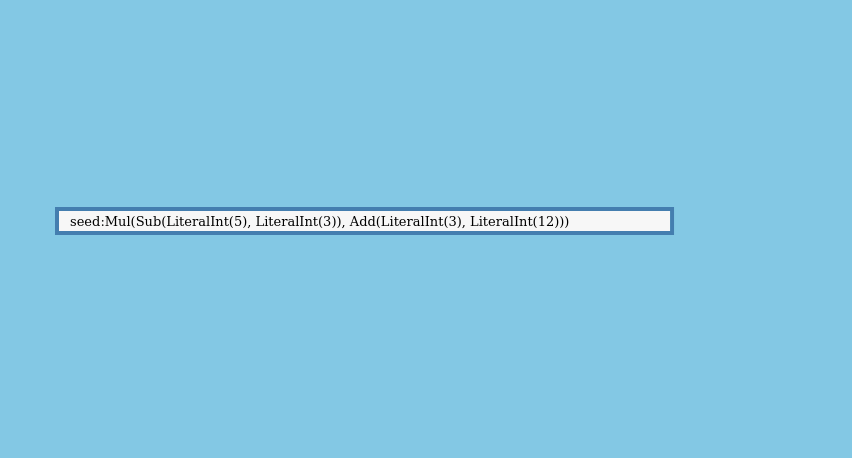Detect
I built detect because I was tired of looking up find/grep/xargs syntax on Stack Overflow every time I needed to search my filesystem in any nontrivial way. It’s a Rust tool that uses a concise and readable expression language to build queries that output matching file paths.
If you’d like to follow along, run cargo install detect and try it yourself. You’ll need the Rust toolchain, which you can install using rustup.
Here are some examples:
# every rust file modified in the last week that imports tokio _and_ serde (mean time: 179ms)
detect 'ext == rs
&& content contains "use tokio"
&& content contains "use serde"
&& modified > -7d'
# Cargo.toml files with package edition 2018 (mean time: 42ms)
detect 'name == "Cargo.toml" && toml:.package.edition == 2018'
# non-image files with size over 0.5MB (mean time: 303ms)
detect 'size > 0.5mb && !ext in [png, jpeg, jpg]'
# frontend code referencing JIRA tickets (mean time: 43ms)
detect 'ext in [ts, js, css] && content ~= JIRA-[0-9]+'


